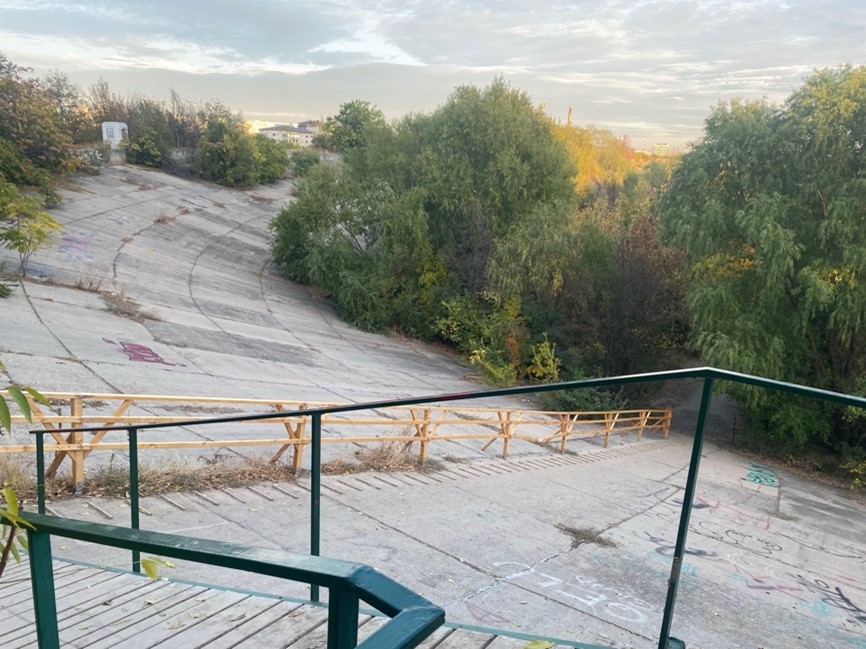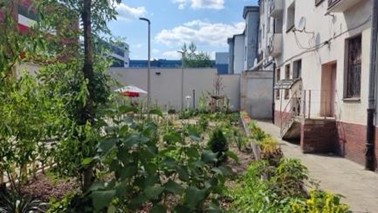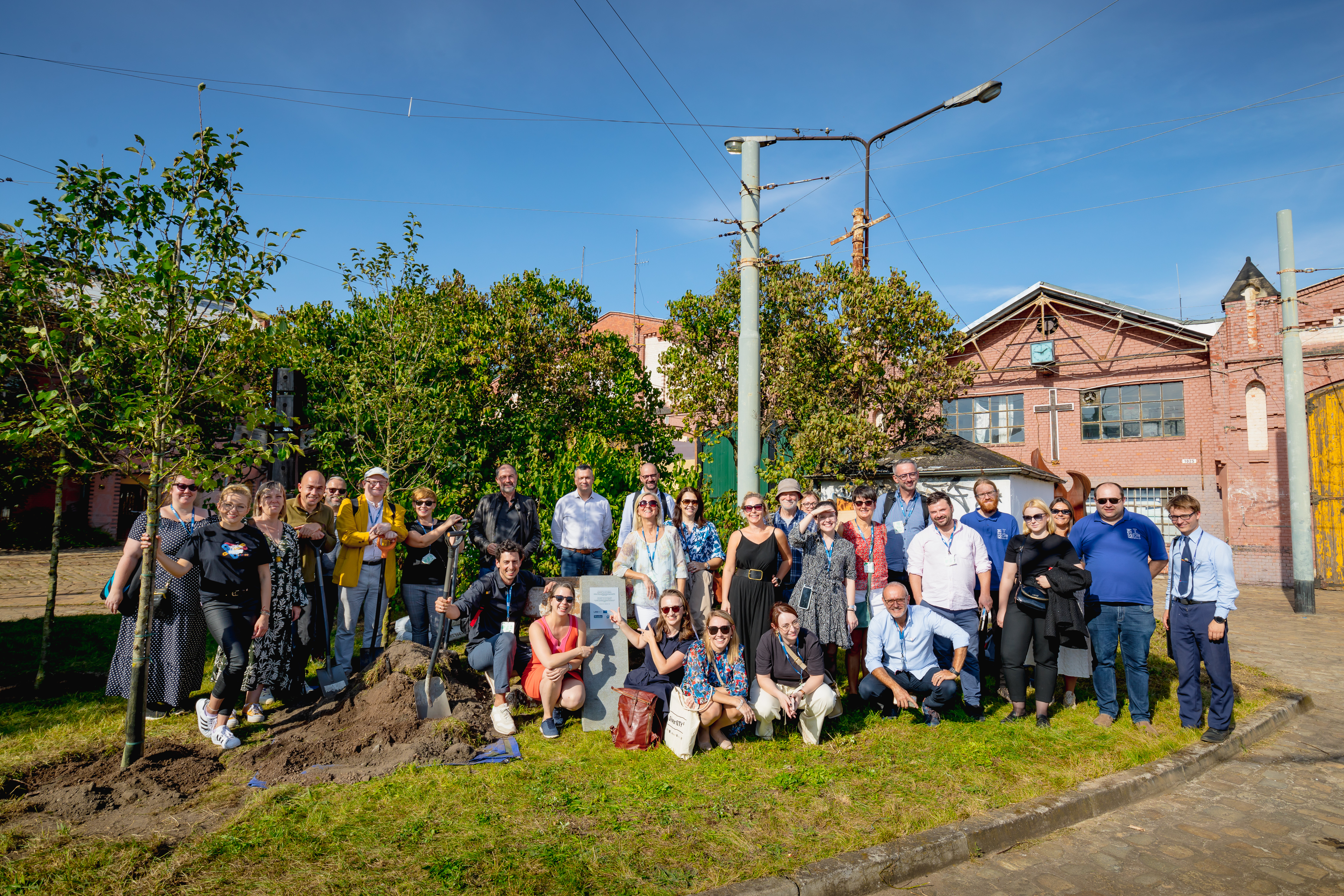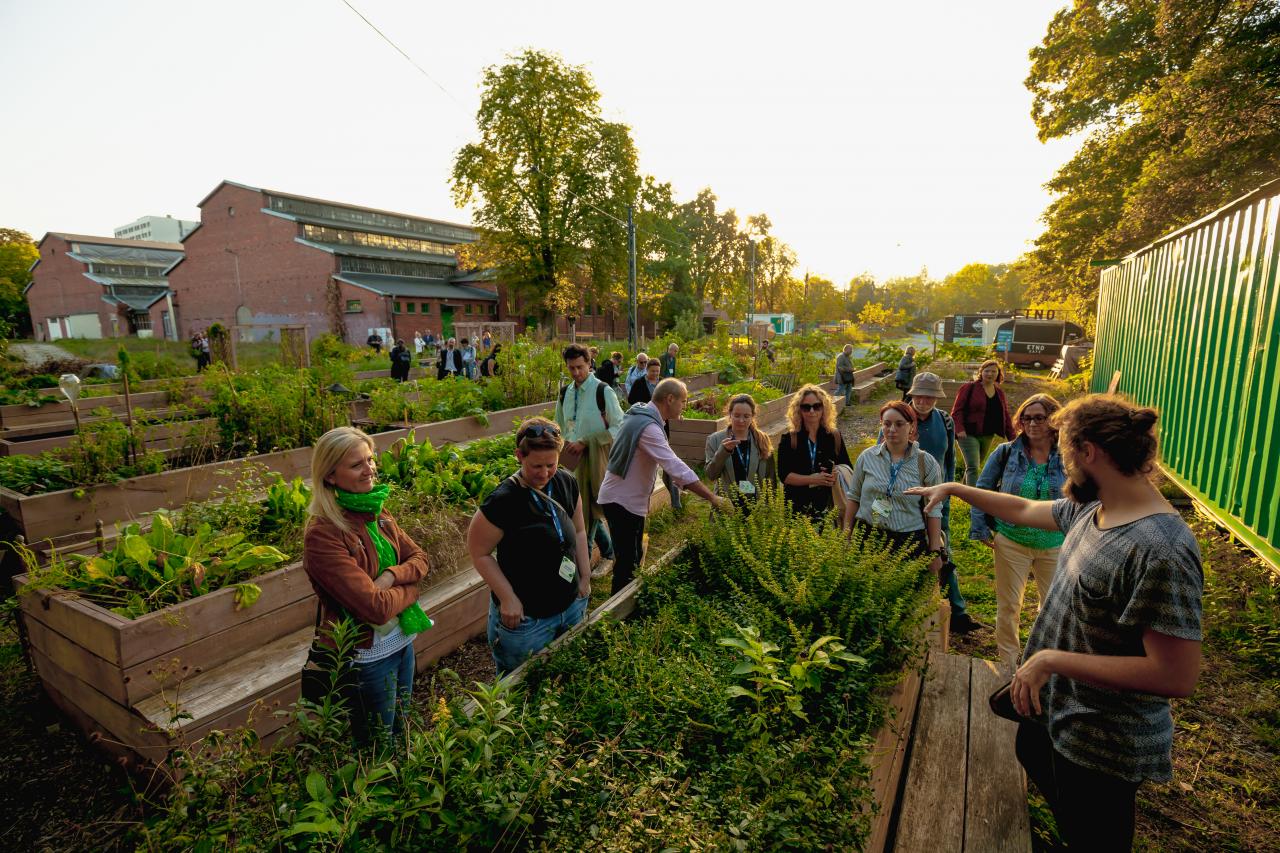The issue of forgotten and unused urban spaces
The evolution of urban space has been exponential in the last decades, land usage has been prone to competition for activities making its utility obsolete, economic and social transformation processes in Europe have led to the abandonment of many buildings and spaces. Former industrial or rail infrastructures, factories, construction sites, slaughterhouses, large health and social care facilities, shopping centres, offices or incomplete buildings city centres, former military barracks, parks and greenfields – a variety of buildings and spaces have lost their original functions and are being left unused, abandoned and/or forgotten.

Bucharest Delta
These buildings and sites can be abandoned or unused for a variety of reasons:
- radical changes, conditioned by historical or economic events;
- negative connotation linked to the place;
- evolutionarily over longer time intervals;
- the place if becoming derelict;
- social changes, which usually accompany historical and economic changes, complete the set of main factors changing the face of the city;
- people migrating from rural areas to cities and people using more residential space per capita (e.g. larger houses, fewer people per family);
- low price of undeveloped greenfield land compared with the high cost of redeveloping land (e.g. regeneration of brownfields); or,
- too expensive to maintain.
If we do not do anything about these, these territories will have a negative impact on the environment and biodiversity (due, for example, to stored pollution and the lack of measure to address it, the forming of local "heat islands, former storage and manoeuvring yards causing problems with rainwater management); land use (not accounting for land pressure and uncontrolled urban development (sprawl); and, socio-economic equity (for example, areas losing attraction or becoming unsafe and unsecure).
If, on the other hand, we do something, we’ll see positive impact on the environment ( nature-based solutions, green infrastructure and other technical green solutions - including retrofitting or energy networks - can increase biodiversity, protect habitats, attract new fauna and flora and integrate climate adaptation solutions for example related to rainwater management, solutions to water retention, cool islands, etc); the economy (re-recreating economic activities, creating new opportunities for public, increase employment, income, etc); social cohesion (protecting cultural and historical values and the quality of life).

\
Green revitalisation for and with inhabitants in Wroclaw
The need to develop green regeneration and revitalisation
Green revitalisation and regeneration are a prominent way of addressing unused, forgotten and abandoned places, both as a means and an end: transforming brownfield and derelict areas and buildings into green spaces (e.g. parks); at the same time as having a positive contribution to climate adaptation (e.g. creating of cool islands), by the use of green solutions (e.g. retrofitting). Its most common principles are addressed in the following approaches which form the core of the GreenPlace network:
|
Approach |
Explanation |
|
Circular Cities
|
opportunities to improve efficiency and environmental impact by embedding circular economy principles in urban context. rethinking every element of urban living and one of the circular city declinations concerns the re-use of buildings and spaces |
|
Nature-Based Solutions and Green Infrastructure
|
solutions that are inspired and supported by nature, which are cost-effective, simultaneously provide environmental, social and economic benefits and help build resilience. a strategically planned network of natural and semi-natural areas with other environmental features, designed and managed to deliver a wide range of ecosystem services, while also enhancing biodiversity. |
|
Cultural heritage as a resource
|
a conscious, effective, integrated management of urban Cultural Heritage and urban cultural identities can help to improve urban sustainable growth policies |
GreenPlace: 10 cities revitalising their forgotten urban spaces for and with the people
The GreenPlace network, led by the City of Wroclaw in Poland, is composed of 10 partner cities from all over Europe: Wroclaw (Poland), Boulogne-sur-mer Développement Côte d'Opale (France), Bucharest-Ilfov Metropolitan Area Intercommunity Development Association (Romania), Cehegin (Spain), Limerick (Ireland), Löbau (Germany), Nitra (Slovakia), Onda (Spain), Quarto d’Altino (Italy), and Vila Nova De Poiares (Portugal).
Some of these cities are small (e.g. Vila Nova de Poiares with 7,281inhabitants) other are very large (e.g. Bucharest-Ilfov with 2,298,000 inhabitants). Some are rural areas (e.g. Quarto d’Altino) some are very urban (e.g. Wroclaw). Some are from developed areas (e.g. Limerick), others from less developed (e.g. Nitra), and some others from areas in transition (e.g. Cehegin).
This variety of partner profiles stresses the richness and added value of such a diverse partnership: they are in different advancements of green revitalisation, of community engagement, or habit to work with stakeholders and as such have much to learn from each other!
It will be in particular crucial as they will be focusing on 3 main categories of forgotten and unused urban spaces:
- Abandoned buildings: a Noodle Factory in Löbau, a Civic Centre in Quarto d’Altino;
- Forgotten buildings (yet partially in use): the Popowice Tram Depot in Wroclaw, the Victorei Tram Depot in Bucharest-Ilfov;
- Unused green areas: a Medieval wall in Limerick, Martin’s Hill park (on former military barracks site) in Nitra, a Green Zone in Vila Nova de Poiares, Ejidos in Cehegin.
- Unused built areas: a future Green Lung in Onda, the Station-Bréquerecque area in Boulogne-Sur-Mer.

GreenPlace Partners’ urban areas
During the next two years, the 10 partners will embark on an intense journey of physical and online meetings, learning and exchanging from each other’s experience. A Lead Expert, Ad hoc experts and the URBACT programme will support the partners in identifying the main issues at stake, potential solutions to address these, with a clear monitoring and implementation framework, and, more than anything else, in collaboration with relevant local stakeholders.
Stay tuned for the first learnings the network will share with the entire world in the upcoming months!!

GreenPlace Ready for Action meeting in Wroclaw, 27 September 2023


